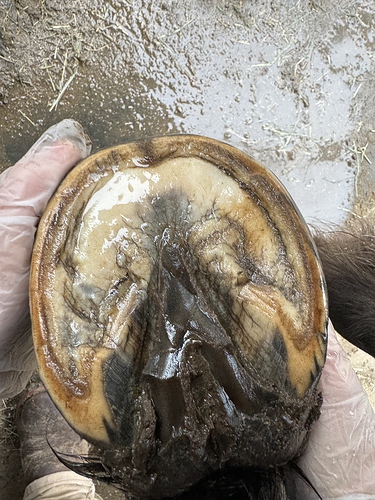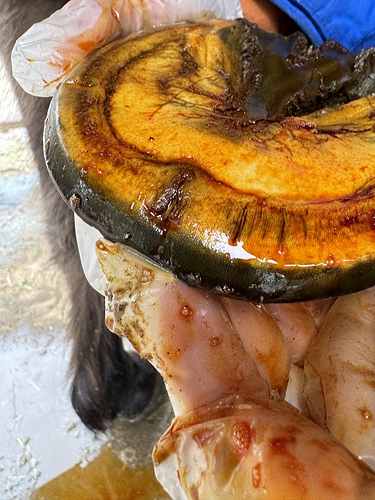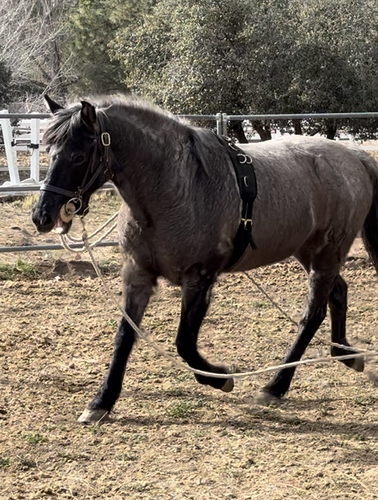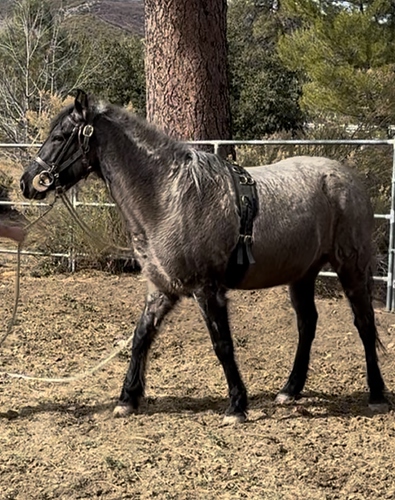My mustang came up lame yesterday morning, non weight bearing on her right front. I’ve only had her for about a month so I can’t be sure she didn’t have any pre-existing issues when I bought her, but she has had zero lameness until yesterday. Barn owner called me as she saw her laying down more than normal and then lame when she got up. There was a minimal/moderate amount of heat in both fronts so I assumed that to be normal, she had no bounding pulses, appeared to only be sore on the right front. It has been rainy and wet so with how quickly it came on I assumed abscess.
Today I went to go treat her foot/wrap with duct tape, but it was pouring rain and muddy so I opted to just clean it and soak with epsom salts— didn’t want the duct tape boot to cause her to slip in the mud. She was walking much better, seems to be in better spirits, still looks stiff when walking but wants to move more. She has heat in the right front but none in the left.
I texted these photos below to my farrier and he thinks it’s an abscess but said to keep an eye on it/call if it gets worse.
My concerns are A) that she is slightly overweight, has a thick neck and overall is the body type that can be prone to laminitis. B) from my limited knowledge her white line looks stretched on her right front foot when comparing with the left foot. I know laminitis doesn’t USUALLY present in just one hoof, but in my experience with abscesses they usually don’t improve until they blow so it’s odd that she would seem better today. The only thing I can think is that the ground is softer because of the rain so it’s less painful for her to walk on.
I have no experience with laminitis, can anyone tell me if I should be calling the vet ASAP or watch her/treat for abscess as my farrier suggested?








